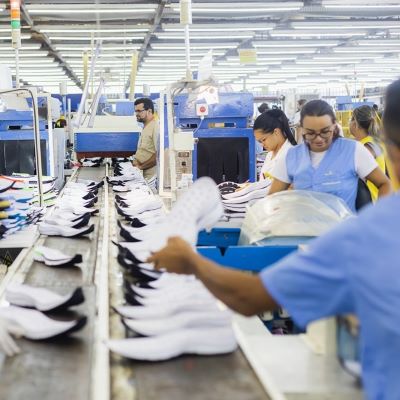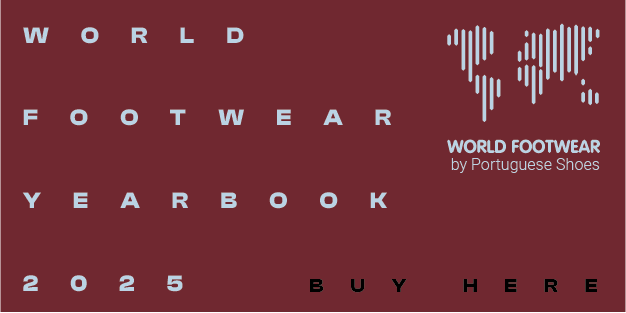Footwear consumption in Latin America set to grow by more than 4% in the next five years

Footwear consumption in Latin America is set to grow by more than 4% in the coming years, according to an estimate by Abicalçados presented at the last edition of the Latin American Footwear Forum
At the latest edition of the Latin American Footwear Forum, which was held on the 20th of May in São Paulo, Brazil, Priscila Linck, Market Intelligence Coordinator at the Brazilian Footwear Industries Association (Abicalçados), said that footwear consumption is expected to grow by more than 4% over the next five years, highlighting the opportunities for the sector.
“With a GDP of 6.6 trillion USD, representing more than 6% of the global economy, Latin America has a population of 665 million and a huge market to explore”, she pointed out. In addition, “the bloc’s footwear production is the second-largest in the world after Asia, with more than 1.5 billion pairs produced each year” and the outlook for regional GDP growth “of around 2% to 2.5% over the next two years” is above that of developed economies.
On the other hand, footwear consumption within the bloc is still highly dependent on imports, particularly from Asia. “In 2023, footwear imports into Latin America were close to 7 billion USD. Our trade balance as a bloc is in deficit by 3.6%. Footwear imports from Asia account for 85% of the total”. “There is room for growth within the bloc”, highlighted Abicalçados’ Market Intelligence Coordinator.
Among the advantages of intra-bloc trade, Linck emphasised the geographical proximity, which facilitates the logistics of transporting products; cultural similarities; and the reduced import tariffs offered by bilateral relations between Latin American countries. She also stressed the importance of ESG practices as a tool to increase competitiveness, recalling that Latin America already has a higher percentage of electricity generation from renewable sources and has ratified more International Labour Organisation (ILO) conventions than Asia.
Challenges
In addition to the above, the event highlighted other challenges facing footwear manufacturers across Latin America. For example, Ecuador is struggling with a dollarised economy, which inflates the cost of locally produced footwear compared to imports; Argentina faces a triple threat of high inflation, low wages and the potential for import liberalisation that could flood the market with cheaper alternatives; Nicaragua is struggling to attract young talent; and Guatemala, meanwhile, faces under-invoicing of footwear imports, mainly from China, which undermines the competitiveness of local products.Source and Image Credits: abicalcados.com.br

















